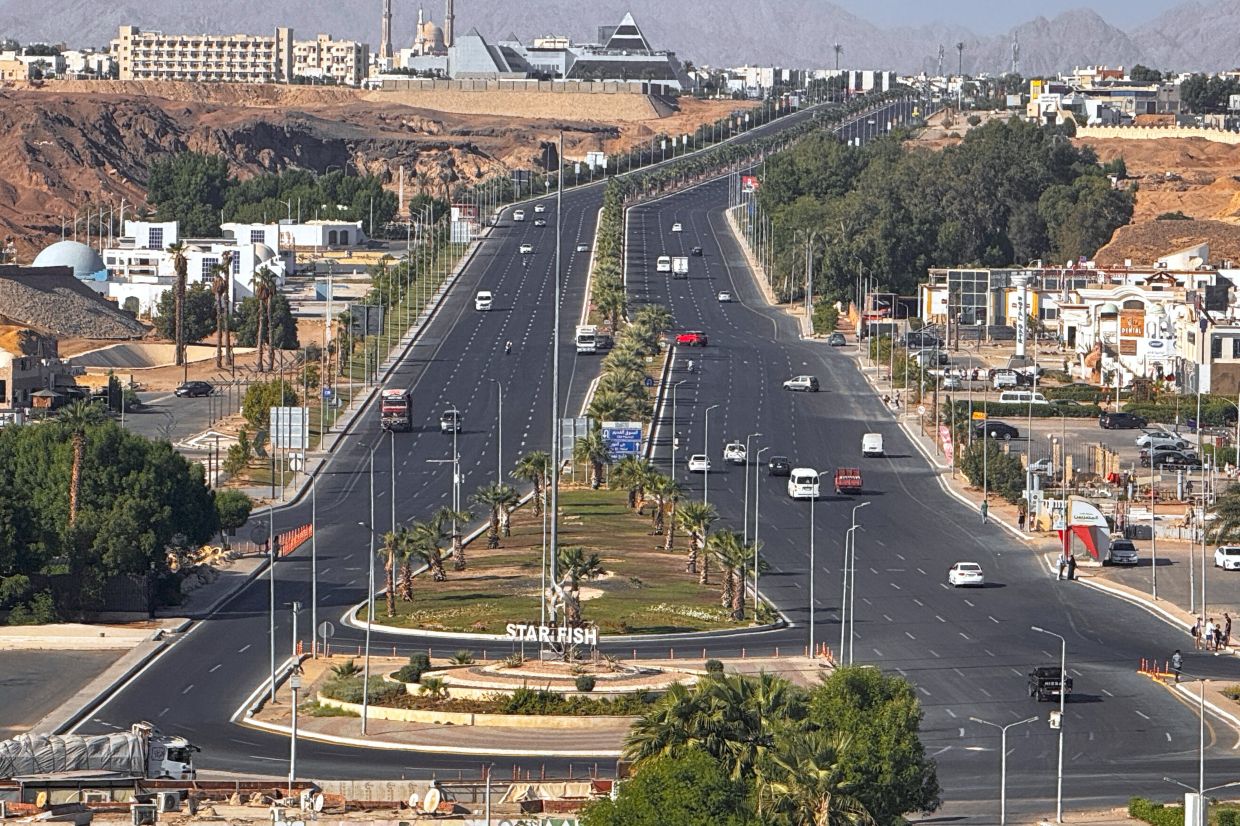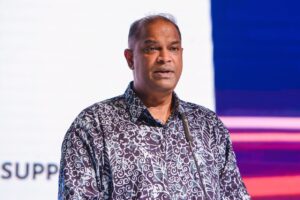
DRAMATIC developments have followed US president Donald Trump‘s announcement of a Gaza ‘peace plan’.
His plan was cautiously welcomed across the world in the hope that it might end the two-year war. But it was accompanied by doubts whether it would lead to an agreement, be implementable and bring about lasting peace.
The proposal seeks an immediate ceasefire, exchange of hostages for Palestinian prisoners, disarmament of Hamas, deployment of a stabilisation force and gradual Israeli withdrawal from Gaza. The plan’s present 20 points advantage Israel, which is why many Palestinians and others saw it as a formula to secure Israel’s goals and objectives.
Some of the eight Muslim countries consulted by Trump, including Pakistan, walked back their earlier enthusiasm by pointing out that the plan announced by the US president wasn’t what he discussed with them in New York. It was apparent Israeli Prime Minister Benjamin Netanyahu had prevailed on Trump to make significant changes in the plan, infuriating Arab officials involved in negotiations.
This explains Netanyahu’s upbeat remarks at the joint presser with Trump where he said Israel’s war aims are achieved by the plan: for Hamas to be disarmed, Gaza demilitarised and no future Palestinian state to be established.
Subsequently, in a video message in Hebrew he said Israeli forces “will remain in most of the territory” as part of Trump’s plan, and that Israel did “absolutely not” agree to a Palestinian state.
Make-or-break for the peace process was how Hamas would respond to Trump’s plan. Its qualified response was one of constructive ambiguity. The Palestinian group said it accepted some elements of Trump’s plan but made it clear it sought further negotiations on other terms.
In its statement it expressed readiness “to release all occupation captives – both living and the remains – according to the exchange formula outlined in President Trump’s proposal” and create the field conditions for this. Hamas offered to hand over power to “a Palestinian body of independent technocrats based on Palestinian national consensus and supported by Arab and Islamic backing”.
It also set out conditions, saying aspects of Trump’s plan concerning Gaza’s future and Palestinians’ “inalienable rights” would have to be decided after consultation with other Palestinian factions on the basis of a “unanimous national position and relevant international laws and resolutions”.
President Trump swiftly welcomed Hamas’s statement, flipping from his previous threatening posture (of “all hell” breaking out if Hamas didn’t accept his plan) to declaring he believed Hamas was “ready for a lasting peace”.
He called on Israel to immediately stop the bombing and in a video message, said “Everybody was unified in wanting this war to end and seeing peace in the Middle East, and we’re very close to achieving that.” Israel’s initial response was to say it was preparing for “immediate implementation” of the first stage of the plan for the prompt release of all hostages.
Israeli, Palestinian and US officials have started to arrive at the Egyptian coastal city of Sharm el-Sheikh – known as the “City of Peace” – to discuss the ceasefire proposal.
Indirect talks began on Monday; intense negotiations lie ahead with many obstacles to overcome and, if agreement is to be reached, concessions for all sides to make. Among the terms Hamas would want to negotiate are details of the Israeli withdrawal and deployment of an international stabilisation force under Trump’s plan.
Hamas’s statement didn’t say anything about the demand for its disbandment. But its position was clearly articulated by a top Hamas official, Mousa Abu Marzouk in an interview with Al Jazeera. He said Hamas would only hand over weapons “if the occupation ends and Palestinians can govern themselves”.
In its present shape, the Trump plan is light on detail and vague on core issues. The only timeline specified in the proposal is that 72 hours after the agreement is concluded all hostages are to be released. Once they are freed there is no guarantee Netanyahu, untrustworthy as he is, will abide by the rest of the agreement. There is no provision in the plan for a permanent ceasefire.
No timelines or deadline are given for the phased Israeli withdrawal, which is linked to Gaza’s ‘demilitarisation’, whose progress the United States and Israel will determine.
Nor is it assured that the withdrawal will be comprehensive. The provision for an Israeli “security perimeter presence” until Gaza is “secure from any resurgent terror threat” is a recipe for indefinite stay by Israeli forces in the territory.
This hardly holds out the assurance of an end to Israeli occupation and permanent withdrawal even if the plan says “Israel will not occupy or annex Gaza”. These terms would have to be renegotiated if Hamas is to come fully on board with the US plan.
Trump says Israel has agreed to an ‘initial withdrawal line’ in Gaza, which awaits a nod from Hamas for the ceasefire to take effect. But this will only be a tentative and fragile start to a complicated process.
Details about the international stabilisation force (ISF) will also need to be fleshed out. Will the international stabilisation force have a role in demilitarisation? Its mandate, rules of engagement and exact role and responsibilities will have to be clarified and agreed on. What the plan says is that it will “work with Israel and Egypt to help secure border areas” (Pakistan should take note as it is said to be considering contributing troops to this force). The plan suggests its role will also be to “prevent munitions from entering Gaza”.
The most controversial part of the Trump plan are the governance arrangements. A committee of Palestinian technocrats and international experts are to be responsible for daily governance.
It will be supervised by an “international transitional body” called the “Board of Peace”, headed by Trump himself and including former British prime minister Tony Blair. Palestinians rightly see this as a colonial project that harkens back to the US-British occupation of Iraq. It robs the Palestinians of agency and negates any notion of the Palestinians determining their own future.
The big hole in the plan, consistent with Netanyahu’s vision, is the absence of any provision for a Palestinian state or a two-state solution (supported by almost the entire world but opposed by the US and Israel). There is a vague formulation of a “pathway to Palestinian self-determination and statehood” but conditioned on the Palestinian Authority implementing (unspecified) reforms, that presumably meet US/ Israeli benchmarks.
It is on these elements that consensus will arguably be the most challenging to evolve.
The outcome will depend on how much pressure Trump will exert on Netanyahu and whether enough trust can be built among the parties. The hope is that this doesn’t become a lost opportunity for peace. — Dawn/ANN
Maleeha Lodhi is a former ambassador to the US, UK and UN.






